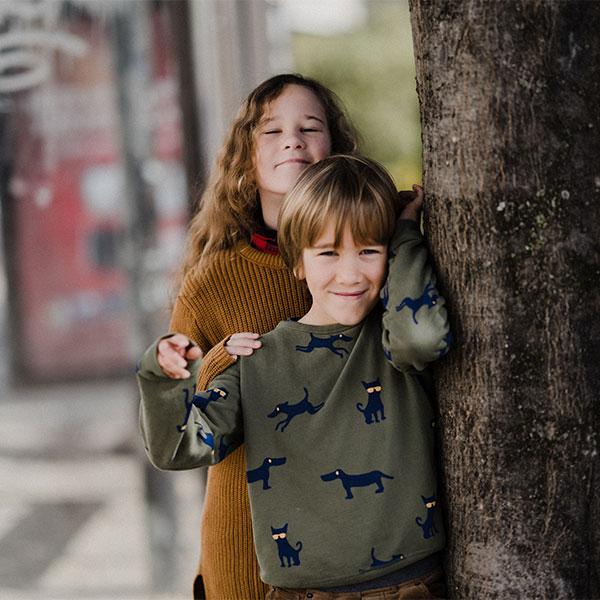Believe it or not, some of the simplest things are often overlooked when building survival kits for kids.
Just like adults, children need the basic necessities like food, water, clothing, shelter, and hygiene items. However, kids' survival kits require a more personal touch to help them cope with what could be a traumatic experience. These kits are essential at home, at school, or while camping. To help parents, we've compiled a list of items to include in your kid's survival kit.
Building Your Kids Survival Kit
Bare Necessities
- Non-Perishable Food - Include food that requires little to no preparation. Whether your child is 5 or 10, try to make their situation less stressful with easy-to-eat options.
- Clean Water - Always have at least 1-2 gallons of clean water stored in their kit.
- Yummy Snacks - Pack their favorite snacks like granola bars, freeze-dried fruits, or candy. Include items that will bring comfort during a stressful time.
- Warm Clothes - Include long sleeve shirts, jackets, gloves, hats, ponchos, 2 pairs of socks, and 3 pairs of underwear. Rotate clothing every 6 months as your child grows and seasons change.
Emergency Supplies

- First Aid Kit - Teach your kids how to properly use the first aid kit, like cleaning cuts or wrapping an injury.
- Emergency Blanket
- Hand Warmers
- Pocket Knife - Make sure your child knows how to safely use a pocket knife before adding it to their kit.
- 7-In-1 Survival Whistle - This multifunctional whistle includes a compass, thermometer, mirror, magnifier, and bright LED light.

- Face Mask
- Tube Tent - This provides shelter for your child in case they get separated from you. It will help protect them from the elements.
- Sleeping Bag
- Rechargeable Flashlight
- Glow Sticks
- Money - Always keep $15-$20 in your child’s backpack, whether they're at school or elsewhere.
Hygiene
- Toothbrush
- Toothpaste
- Chapstick
- Soap
- Washcloth
- Hand Sanitizer
- Sunscreen
- Shampoo
Psychological Necessities What sets kids' survival kits apart from those for adults are items that help psychologically. The primary goal is to keep them calm and comfortable during an emergency. Include things they will enjoy and feel connected to.
What sets kids' survival kits apart from those for adults are items that help psychologically. The primary goal is to keep them calm and comfortable during an emergency. Include things they will enjoy and feel connected to.
- Notepad
- Pencils (or pens)
- Crayons
- Card Games
- Photo Album
- Books
Teaching your child how to use each item in their survival kit is just as important as having the items themselves. We recommend reviewing the kit at least twice a year and going over its function for different types of emergencies (earthquake, tornado, flood, etc.). Use everyday opportunities to reinforce survival lessons, especially while camping. Incorporate fun activities that encourage them to test their new survival skills.
What advice do you have for parents building survival kits for their kids?
















